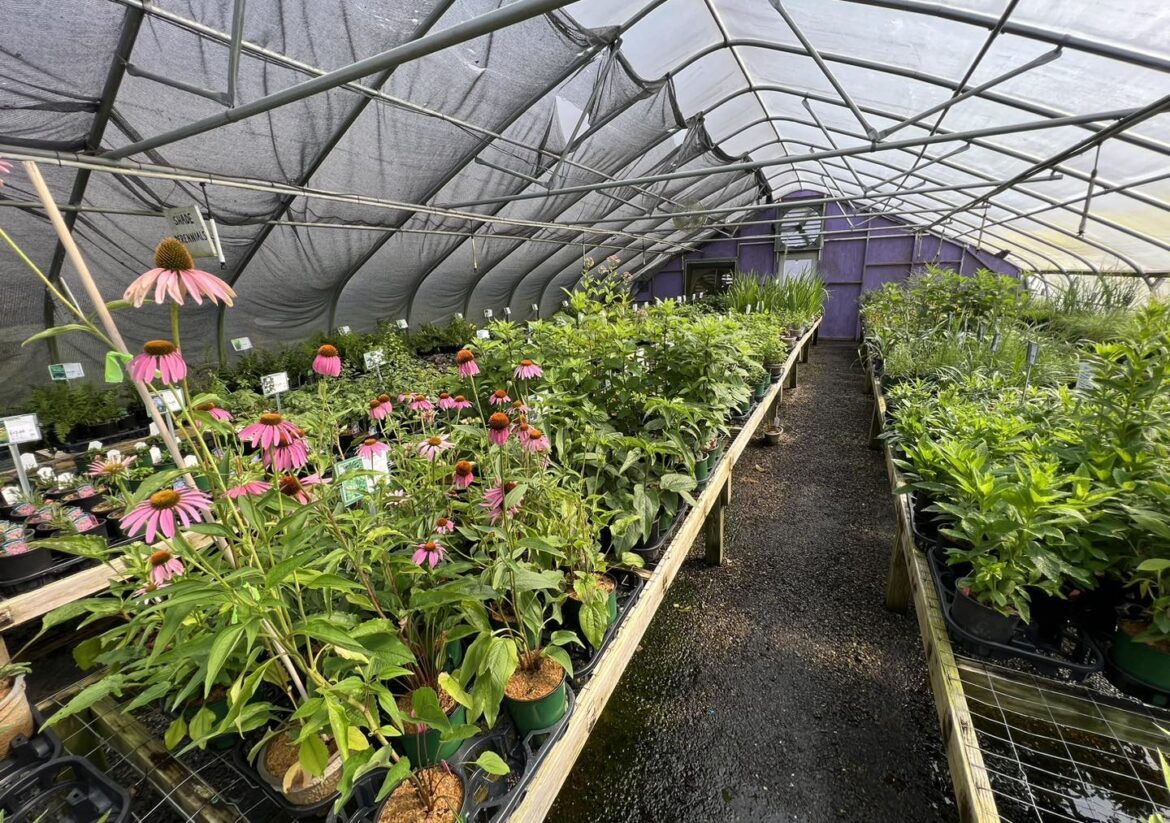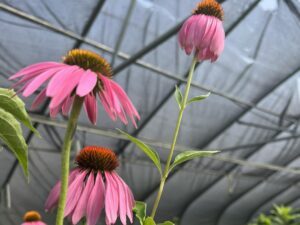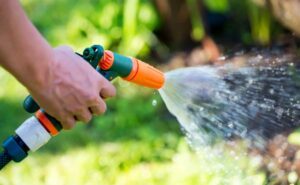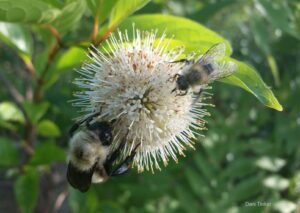The Wonderful World of Native Perennials!

The Wonderful World of Native Perennials: A Must-Have in Your Garden
Welcome to the vibrant and evergreen world of native perennials! These garden gems are not only a feast for the eyes but are also champions of low-maintenance gardening and eco-friendliness. Whether you’re a seasoned green thumb or a budding garden enthusiast, native perennials offer a world of benefits and beauty with minimal fuss. Let’s dive into the most common types, how to care for them, and why they’re such an essential addition to your garden.
 Common Native Perennials You’ll Love
Common Native Perennials You’ll Love
1. Black-eyed Susan (Rudbeckia hirta): This sunny beauty, with its golden petals and dark, mysterious centers, is a surefire way to add a pop of color to your garden. It’s as resilient as it is charming, thriving in a variety of conditions.
2. Purple Coneflower (Echinacea purpurea): Adored by pollinators and gardeners alike, the purple coneflower boasts striking lavender petals that radiate around a central cone. It’s a staple in any garden looking to attract bees and butterflies.
3. Bee Balm (Monarda): With its unique, spiky flowers and refreshing scent, bee balm is a favorite among pollinators. It comes in a range of colors from pink to red and even purple, adding a whimsical touch to your garden.
4. Blazing Star (Liatris spicata): This tall, striking plant with its spires of purple flowers is a magnet for butterflies. It’s a surefire way to add height and drama to your garden layout.
Caring for Your Native Perennials
Native perennials are the low-maintenance friends of the plant world, but a little TLC can go a long way:
- Sunlight: While requirements vary, most native perennials thrive in a spot that receives full to partial sunlight. Check the specific needs of each plant to ensure optimal growth.
- Watering: These plants are adapted to their local climates, meaning they generally require less watering. However, during particularly dry spells, a good soak will keep them happy.
- Soil: Most native perennials aren’t picky about soil, but they do appreciate well-draining conditions. A bit of compost can enrich poor soil and give your plants a boost.
- Fertilizing: Go easy on the fertilizer. A light application in the spring is usually sufficient, as native plants are well adapted to local soil fertility.
- Pruning: Pruning isn’t always necessary, but deadheading (removing spent flowers) can encourage more blooms and keep your plants looking tidy.
The Importance of Native Perennials in Your Garden
 Native perennials are more than just pretty faces; they play a crucial role in the local ecosystem:
Native perennials are more than just pretty faces; they play a crucial role in the local ecosystem:
- Support Wildlife: They provide essential food and habitat for local wildlife, including pollinators like bees, butterflies, and birds.
- Low Maintenance: Adapted to the local climate, they require less water, fertilizer, and care, making them perfect for eco-friendly gardening and busy gardeners.
- Soil and Water Conservation: Their deep root systems help to stabilize soil and manage water runoff.
- Biodiversity: Incorporating native plants helps preserve the local flora and fauna, contributing to biodiversity.
Incorporating native perennials into your garden is a beautiful, sustainable, and rewarding endeavor. Not only do they bring beauty and life to your outdoor space, but they also contribute to the health and balance of the local ecosystem. So, why not add some native perennials to your garden this season? Your local wildlife – and your green thumb – will thank you!
